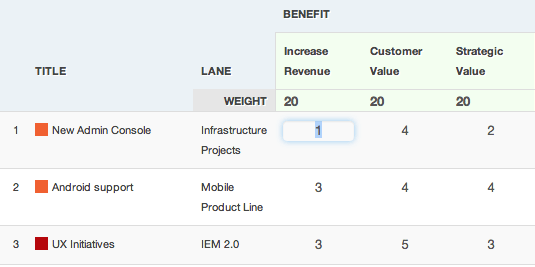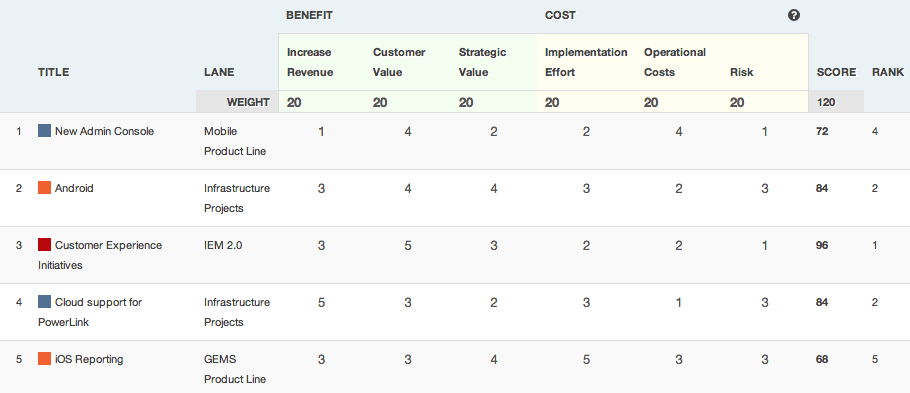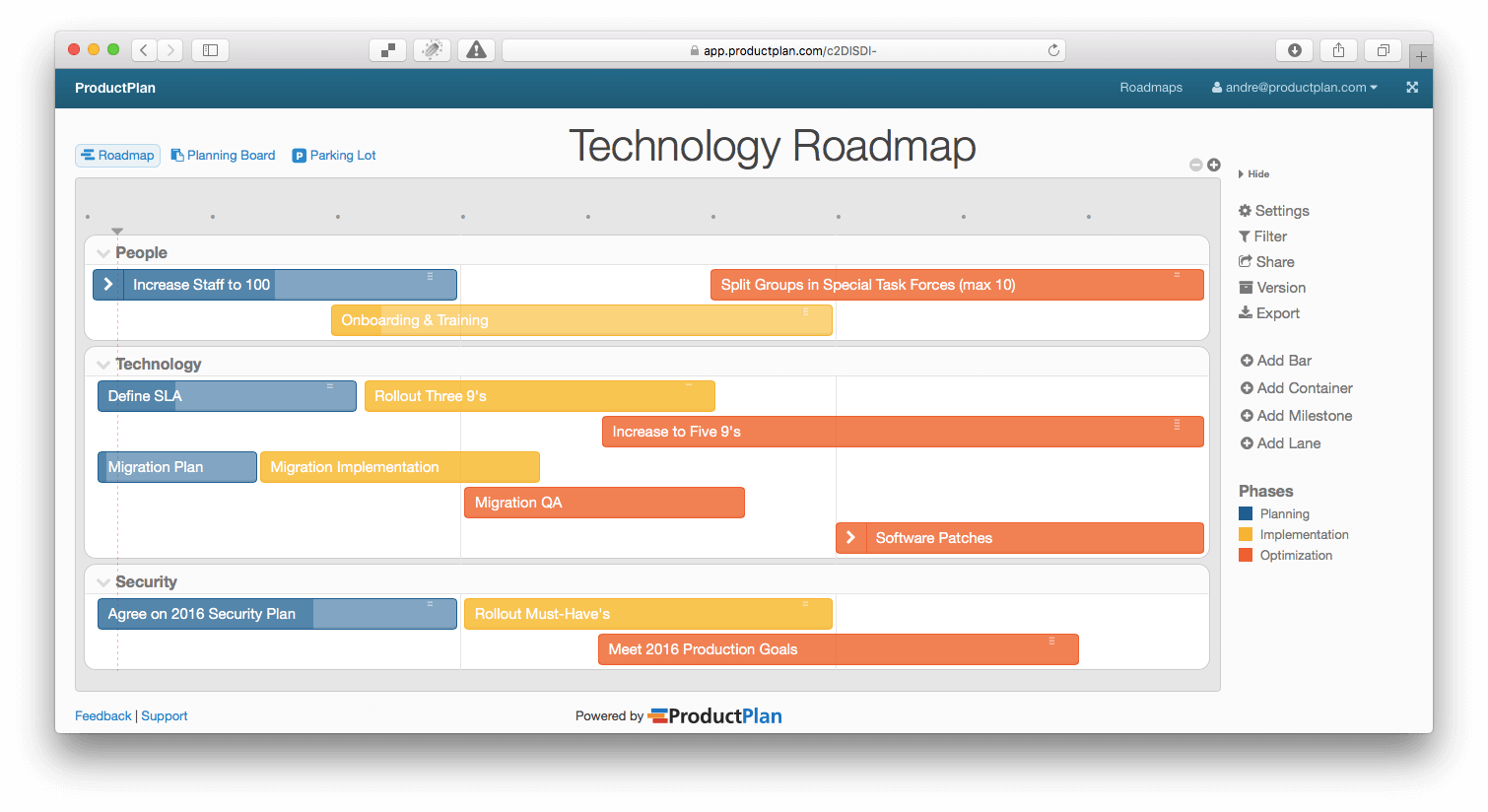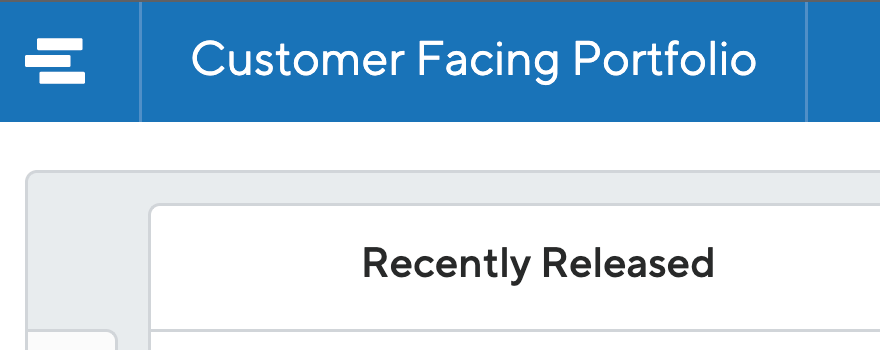Deciding which initiatives to include in your future product releases can be daunting. Product prioritization is even more difficult when there are too many opportunities to choose from and too many stakeholders to satisfy.
Often these all-important decisions are disconnected from a company’s strategic goals, with product prioritization discussions dominated by opinion, a knee-jerk reaction to the latest lost sale, or the influence of a, particularly vocal executive.
By using a scoring method to guide your product prioritization discussions, product managers can facilitate a more productive conversation about what to include on the product roadmap. While there are many inputs that ultimately go into a product decision, a scoring model can help the team have an objective conversation about product prioritization.
One way to work through the process is with ProductPlan’s Planning Board, a framework to help prioritize product opportunities. Based on product management best practices, the Planning Board helps you and your team objectively score new initiatives. More importantly, the Planning Board gives you a process to guide your strategic discussions.
Whether you use a spreadsheet or the Planning Board, this method can make the product planning process more productive and help you get buy-in from key stakeholders.
Think Benefit versus Cost
Every potential initiative has two major considerations: the business Benefit and the associated Cost of implementing it. Product managers implicitly or explicitly use this calculation when prioritizing. The priority of an initiative is a composite of Benefit versus Cost (clearly, items with high Benefit and low Cost get higher priority).
Benefits can be described as customer value, strategic value, revenue potential, cost reduction, or any other strategic objective your company may have.
Costs often include implementation or development effort as one of the key categories. You may also want to include the impact on ongoing operational costs, or even an initiative’s risk factor.
With the Planning Board you prioritize opportunities based on a customized set of Benefit and Cost categories. For example:

Your company’s specific Benefit and Cost categories will be different – some companies based their categories on an ever-evolving set of criteria, while others use the company’s strategic initiatives as a basis. Whatever categories you choose, the Planning Board is customizable.
The Planning Board takes into account the relative weighting of each category that you assign (the weight can add up to any number you choose). Discussing the weighting of each category in your planning meetings is a great way to get an agreement on what’s important to the organization.
The Scoring Discussion: It’s All Relative
Once you have an agreement on the Benefit and Cost categories, you can begin scoring the initiatives.
The Planning Board uses a scale of 1-5 to rank each opportunity in a category: One (1) is low Benefit or low Cost. Five (5) is high Benefit or high Cost.

It’s important that you score items relative to other items. In other words, an initiative’s score only matters when you compare it to another initiative. And because business objectives can change, scores can change as well.
Once you have a score for each item, you can have a fact-based, objective discussion with the team about what to include on the product roadmap. Of course, simply because an item has a high score doesn’t mean you add it to the roadmap. You still need to practice good product management, and that includes assessing many more variables than could be included in a product prioritization framework.

The total score and rank is a composite of Benefit versus Cost and takes into account each column’s weighting. For example, an item with 5’s on the Benefit side and 1’s on the Cost side will calculate the maximum score.

Which initiatives should you score? At ProductPlan we recommend you use this model for only big features, themes, epics, and strategic initiatives rather than smaller features. In other words, use the framework for evaluating the needle movers that make an impact on the strategic goals. We’ve made the Planning Board flexible enough that you can pull in opportunities from the backlog (Table Layout) or items that are already on the roadmap.
ProductPlan is a web-based product roadmap software. If you haven’t already, feel free to sign up for a 30-day free trial.





